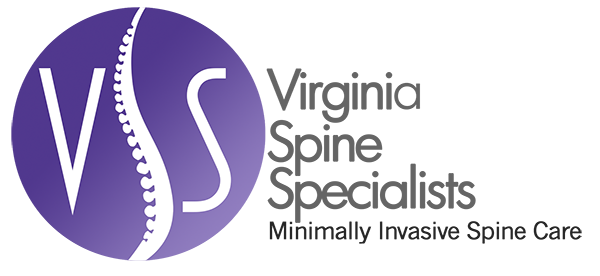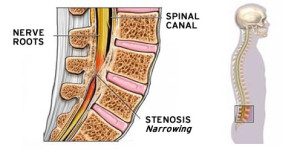Spinal Stenosis: What Everyone Needs to Know
Spinal stenosis, a common and painful spine condition, occurs when the spine is narrowed in one of its three parts. These parts include the space at the center of the spine, the canals where nerves branch out from the spine, and the space between vertebrae.
This narrowing of the spine, or spinal stenosis, puts pressure on the spinal cords and nerves and can cause pain. In this blog post, we’ll cover the basics that you need to know about this spine condition. If you, or someone you know, suspects spinal stenosis as the source of back pain, make an appointment with Dr. Sharma today.
Spinal Stenosis Causes
Aging: The most common cause is aging, as changes occur in the spine as people get older, including a thickening of the bands of tissue that supports the spine, larger bones and joints, and bulging bones called bone spurs.
Arthritis: Two forms of arthritis may affect the spine: osteoarthritis and rheumatoid arthritis. With osteoarthritis, cartilage is worn away, causing pain, bone spurs, and joint problems. With rheumatoid arthritis, the soft tissues of the joints can swell and affect the internal organs and systems.
Inherited Conditions: Some people are born with a small spinal canal or a curved spine (scoliosis), which can cause spinal stenosis.
These causes are the most common ones for spinal stenosis, but other causes include tumors of the spine, injuries, Paget’s disease, too much fluoride in the body, and calcium deposits on the ligaments that run along the spine.
Spinal Stenosis Symptoms
Sometimes patients do not present any symptoms of spinal stenosis at all; other times, symptoms appear slowly and get worse over time. Here are the signs you need to look out for:
- Neck and back pain
- Numbness, weakness, cramping, or pain in the arms or legs
- Pain going down the leg
- Foot problems
While the above symptoms are can help determine whether a patient has spinal stenosis, one type of the disease, called cauda equina syndrome, is very serious. This type occurs when there is pressure on nerves in the lower back. Symptoms of cauda equine syndrome include:
- Loss of control of the bowel or bladder
- Problems having sex
- Pain, weakness, or loss of feeling in one or both legs.
If you have any of these symptoms, you should call Dr. Sharma right away. And, if you have any of the other symptoms of spinal stenosis, you should make an appointment with Dr. Sharma to talk about your symptoms and to determine a treatment plan.

Categories
Archives
Contact Dr. Mudit Sharma
Phone: (571) 921-4877
Toll Free: (855) 774-6334
Monday – Thursday: 8am – 4pm
Friday: 8am – 2pm
Fredericksburg
4604 Spotsylvania Parkway, Suite 300 Fredericksburg, VA 22408
Manassas
8650 Sudley Road, Suite 315
Manassas, VA 20110-4418

